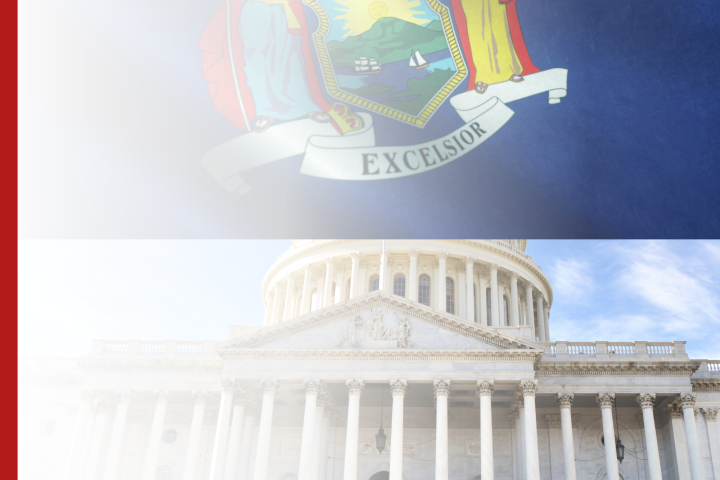
Minimum Wage Increase Yields Positives: Report
Raising the minimum wage to a living wage in Tompkins County could affect an estimated 20,000 workers at the bottom of the earnings scale, and many employers will be able to adapt to paying a living wage, according to a new Ithaca Co-Lab report.
“ … it is possible for all types of organization to adapt, though doing so depends on the experience, skills, and imagination of managers; a small proportion will struggle to adapt,” the authors wrote.
Posted here, the report is part of the Tompkins County Living Wage Working Group research begun in 2018 by ILR School faculty and students.
Two of every five workers in Tompkins County earn less than $16.61 an hour. The statewide living wage proposal would boost minimum hourly earnings to $21.25. The wage considers expenses such as housing, food, transportation, health care, internet service, a mobile phone and taxes.
The local discussion is part of a broader public debate. Increasing the current minimum wage levels in the state is politically contentious, and the Tompkins County Legislature recently passed a resolution supporting an increase to $21.25 by 2027. The New York State Legislature is expected to set its minimum wage policy this month.
“A Living Wage for Tompkins County,” an Ithaca Co-Lab report, focuses on 40 employers – including nine of the county’s 10 largest. Most businesses had misgivings about raising wages, but some cited advantages.
The research team, led by ILR School Research Professor Ian Greer, director of the Ithaca Co-Lab, concluded:
– A living wage would not impact many employers already paying workers above the living wage.
– Many employers now paying below the minimum wage could adapt in varying ways to afford the living wage.
– Some employers, primarily those in the restaurant industry, could experience serious financial setbacks.
“Many employers can adapt via increasing productivity and reducing costs rather than raising prices. The living wage is likely to increase retention and productivity; a minimal impact on inflation is anticipated,” the researchers wrote in the report.
“The positive impact on living standards for workers – increasing spending power, hence local demand, and in particular reducing race and gender inequality – makes a powerful case for adopting the living wage, although some employers will struggle,” they said.
The report included responses from 40 employers in the service sector, where the living wage policy is expected to have the most effect. Greer said many were hesitant about the living wage, given that raising the wage would have challenges, such as reduced employee benefits. Others thought that a raise would encourage employee retention and satisfaction.
Some employers said in interviews that a minimum wage increase would negatively impact their finances, and staff and investment cuts could be cut due to a raise. They said wage compression is a central concern that sometimes leads to employee dissatisfaction and requires increasing pay for workers above the living wage threshold.
Other findings in recent years by the Co-Lab team include:
– Workers of color, particularly Black workers, are more than twice as likely to earn less than white workers.
– Seven employers against the living wage in 2019 changed their minds in 2022 due to pandemic-era shortages.
– Employers said paths to offering the living wage include “flexible work design, new revenue-generating activities, increasing efficiency, raising prices, cutting jobs, intensifying work, shifting benefits costs, reducing investment, and reducing charitable giving.”
The report also discusses “benefits cliffs,” in which workers receiving means-tested benefits such as SNAP and Medicaid could lose their benefits, and the value is not made up by the minimum wage increase. Between 2% and 4% of workers who receive a wage increase could be affected; this number is generally lower the more quickly the minimum wage is increased, Greer said.
The Tompkins County Legislature passed a resolution in March endorsing a rapid minimum wage increase for New York state. Greer said, “if it passed, it could by 2027 bring the minimum wage up pretty close to where our cost-of-living calculation would be, not just here, but across upstate.”
Read about the Co-Lab’s 2022 report on the living wage.


